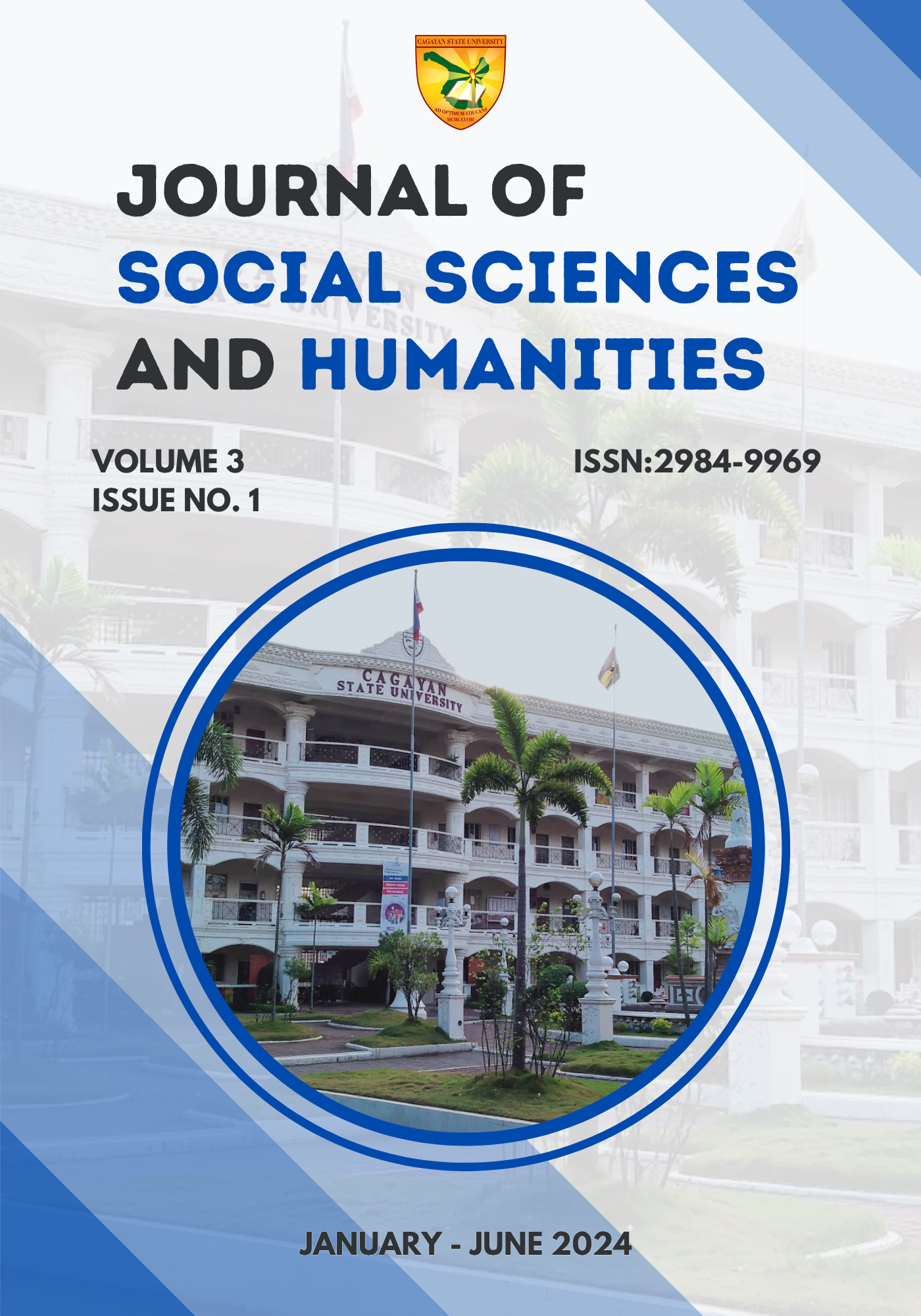Disaster Preparedness of Cagayan State University – Gonzaga
Keywords:
Disaster Preparedness, Man power Resources, Equipment and Logistics, resilienceAbstract
The study was conducted to determine the disaster preparedness of CSU-Gonzaga as perceived by
administrators, faculty, staff, and students. Specifically, it aimed to profile respondents based on
role, age, gender, and years on campus; assess the perceived levels of preparedness in procedures
and systems, manpower resources, equipment and logistics, and support services; examine the
relationship between preparedness levels and respondent profiles; identify factors affecting
preparedness; and propose action plans to enhance disaster readiness.
To fulfill these objectives, the researchers employed a mixed-method research design, integrating
Quantitative surveys and Qualitative interviews. The study involved 3rd-year students,
administrators, faculty, and staff of CSU-Gonzaga, using a structured survey adapted from
McEntire (2019) and semi-structured interview questions. The quantitative data were analyzed
using descriptive statistics, T-tests, and Fisher’s Exact Test, while qualitative data were examined
through thematic analysis.
The results showed that most respondents were students (75.91%), aged 20-29 years (81.39%),
predominantly female (67.88%), and had spent 1-3 years on campus (69.71%). Disaster
preparedness was generally perceived as effective, with mean scores of 2.76 for procedures and
systems, 2.58 for manpower resources, 2.53 for equipment and logistics, and 2.66 for support
services. However, gaps were identified in emergency equipment maintenance, training
programs, and support services, particularly in providing temporary housing for affected
students. A significant relationship between gender and perceived preparedness indicated the
need for gender-sensitive approaches.
Thus, the researchers recommend enhancing equipment maintenance, improving training
programs, increasing security and emergency response capacity, strengthening communication
channels, providing temporary housing solutions, and incorporating gendersensitive strategies to
bolster CSU-Gonzaga’s disaster preparedness and ensure the safety and resilience of its campus
community.

